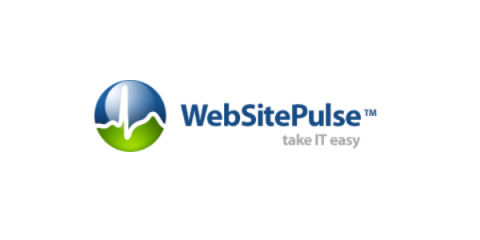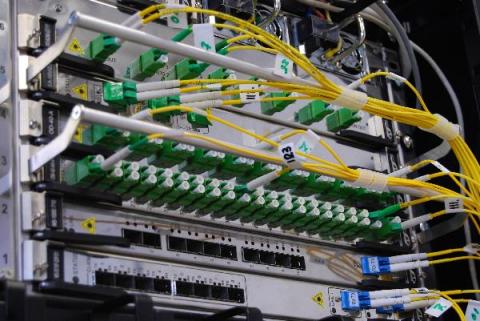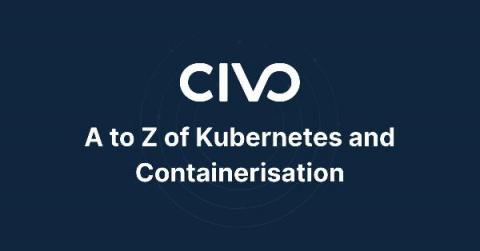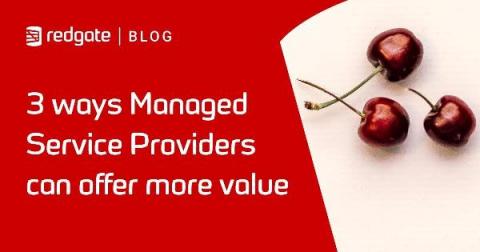Pros and Cons of Free Web Hosting
Selecting a web hosting service is essential for making your site go live. But if you are starting up or have a limited budget, it is usually challenging to buy a hosting service costing as much as $100 per year. Most of the paid plans don't offer a free trial. If you just want to try a blogging idea, practice designing a website, or have limited to no earnings, you can get started with free web hosting.











